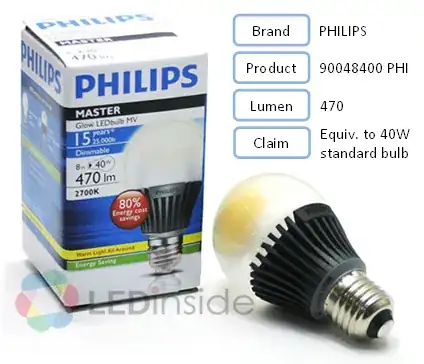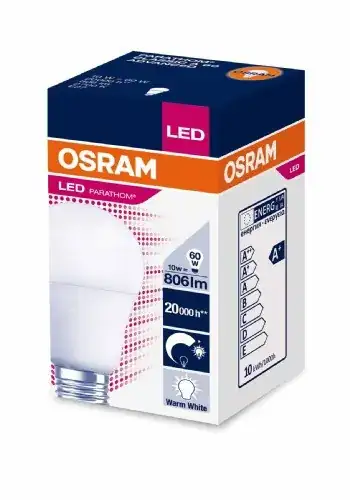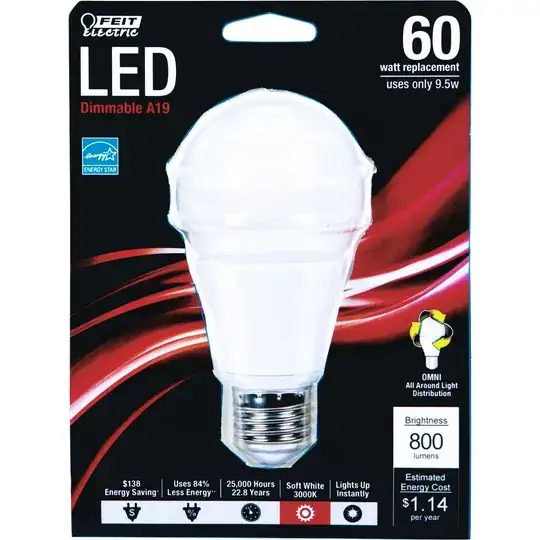In an October 2015 test report by the Dutch 'ConsumentenBond' (consumer organization/watchdog)
they report back on an earlier test started in 2013 (no link available) where 5 lights each of 24 types from 13 brands were tested.
At that moment they had been running 20000 hours. They were switched 8 times per day: 2:45 hours on, 15 minutes off.
75% of those lights were still running after 20000 hours. They mention the results for specific brands. Although not available everywhere, I'll list here how many died per 5 per brand (fractions can occur when several types per brand were tested):
- Albert Heijn, Kruidvat, Hema, Calex, Panasonic: 0
- GoGreen: 1
- Verbatim (one type): 3
- Philips, Osram, GP: 1.5
- Megaman : 3
- Ikea, Pharox, Verbatim (other type): 5
I was unable to find the life expectancy claims of the 2013 batch (only the phrase with claims up to 25000 hours). Assuming that the current test period does not substantially exceed the claimed periods, my tentative conclusion would be '75% meet the claims.'
The 2015 test results are also available in that report (in Dutch of course), but those lights had only burned 2000 hours by then (1 had failed by then).


